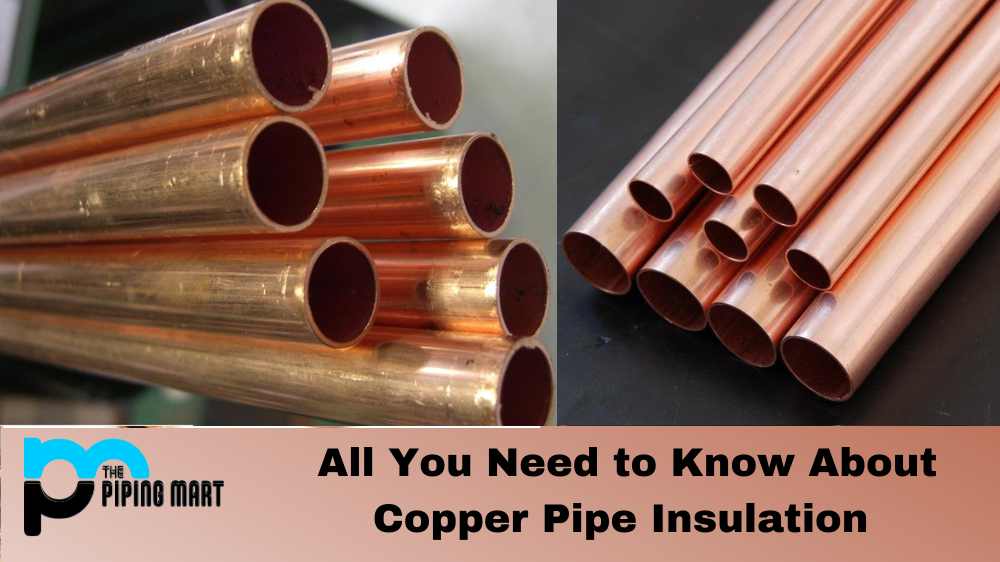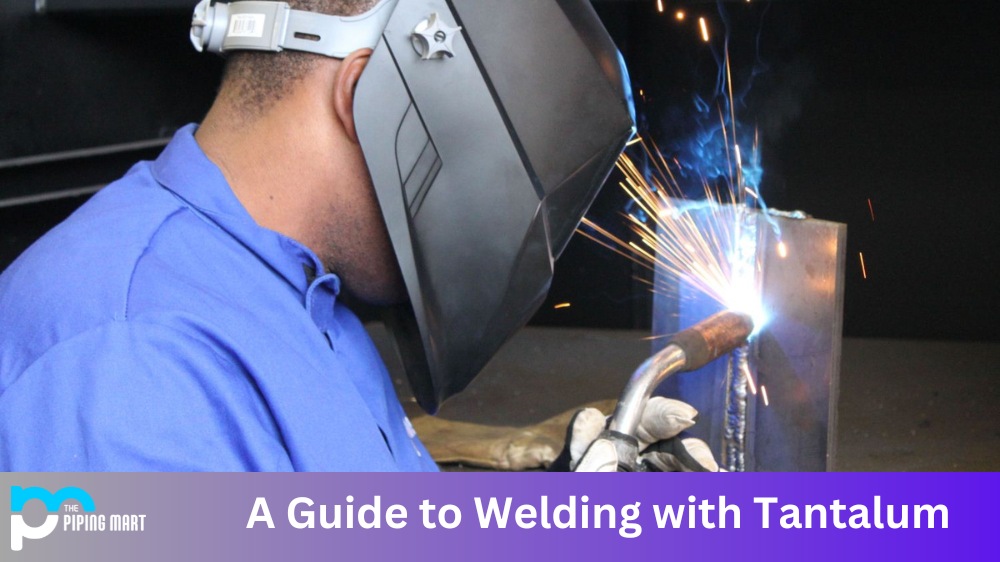Copper pipes are a popular choice for both indoor and outdoor plumbing, but proper insulation is essential for their longevity. Read on to learn more about why insulating your copper pipes is essential, how to do it correctly, and what types of insulation you can use.
Why Should Insulate Pipes?
There are several reasons why it’s essential to insulate your copper pipes. The most important reason is temperature regulation; when the temperature outside drops below freezing, the water in any exposed pipes could freeze and expand, which can cause the pipe to burst. This is true even if the pipes are inside your home—cold air from outside can easily make its way indoors through cracks or poorly sealed windows or doors. Additionally, properly insulated copper pipes also help reduce noise from running water and conserve energy by keeping hot water hotter for longer periods.
How Do Choose Insulation Material?
Several materials can be used to insulate your copper pipes, including foam rubber insulation tubes, fiberglass wrap insulation, polyethylene foam sleeves, and vinyl-covered fiberglass wrap insulation. Foam rubber tubes offer the best protection against extreme temperatures since they are designed to fit tightly around the pipe while still allowing some flexibility in case of expansion. Fiberglass wrap comes in rolls with self-adhesive strips on one side, so they stay securely attached to the pipe even when exposed to moisture or heat. Polyethylene foam sleeves are great for smaller-diameter pipes because they fit snugly over them while providing cushioning against vibration or pressure changes. A vinyl-covered fiberglass wrap is an affordable option that offers good thermal protection while being easy to install without compromising on quality or effectiveness.
How Do Install Pipe Insulation?
Installing pipe insulation is relatively straightforward and doesn’t require any special tools or skills; all you need is a tape measure, scissors/utility knife, and some form of adhesive (such as duct tape). Start by measuring the length of each section of pipe that needs insulating; then cut the appropriate length of material based on the measurements taken plus an extra two inches for overlap at each end (this will ensure proper coverage). When installing foam rubber tubes or polyethylene foam sleeves, stretch them slightly as you apply them, so they fit snugly around each section of pipe without leaving gaps for air leakage; be sure also to secure them with adhesive every few inches along their length. Fiberglass wrap and vinyl-covered fiberglass wrap insulation materials follow the manufacturer’s instructions regarding installation—these usually involve using an adhesive strip along one edge and additional adhesive strips at intervals along its length.
Conclusion:
Insulating your copper pipes isn’t difficult—all it takes is a bit of time and effort (plus the suitable materials), and you can prevent costly damage due to freezing temperatures or too much noise coming from running water! Make sure you choose an appropriate material based on the size/shape of your copper pipes, measure carefully before cutting/purchasing any materials required for installation, and then follow all instructions provided by manufacturers for best results when installing pipe insulation. With these tips in mind, you’ll be able to keep your copper piping safe all year round!

Pipingmart is a B2B portal that specializes in metal, industrial and piping items. Additionally, we share the latest information and information about materials, products and various types of grades to assist businesses that are involved in this business.




